Building a Different Racing Game

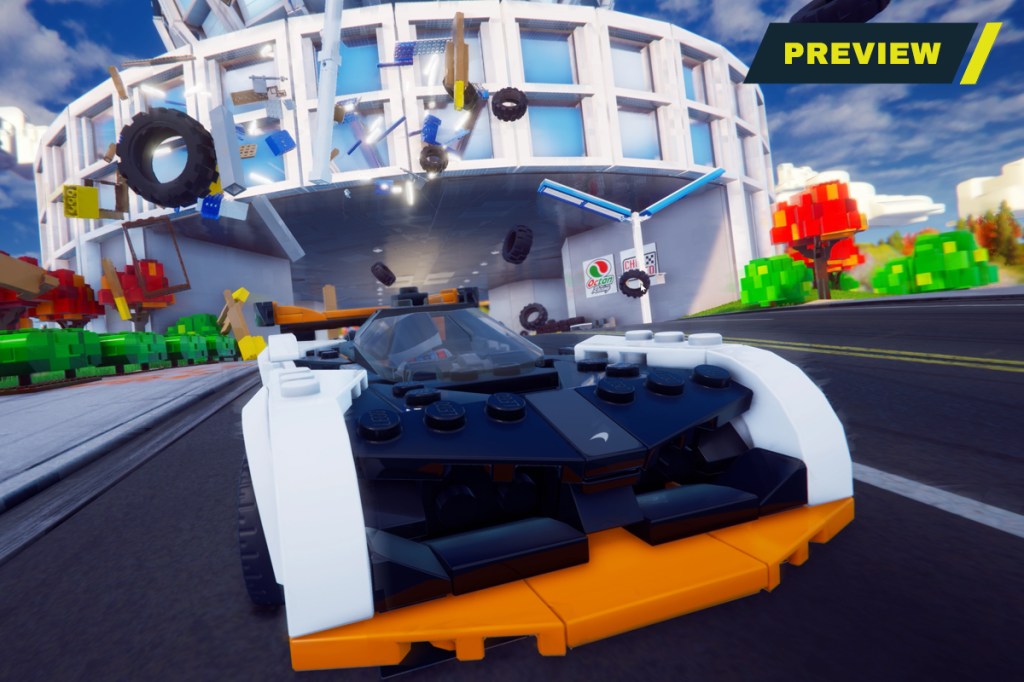
Lego games have taken many forms, from brawlers to puzzle titles to platformers, the latter of which have been the most common in the last few console cycles. But there haven’t been too many kart racers in recent years, which is where Lego 2K Drive comes in. This first game in a multi-title partnership between 2K and the Danish brick-building company is a unique entry in the genre that has plenty of racing, yet aims to be much more than that. Its unique ideas seem pretty novel when put together like this, even if it can’t quite outrace its peers in the kart racing genre.
One of Lego 2K Drive’s most unique ideas is right there in its name. The “Drive” part of the title is indicative of how developer Visual Concepts is looking at the game, since it’s not a pure racing game and something that’s more about what players can do in a vehicle. It’s a key distinction since Lego 2K Drive takes place in an open world.
There are more repeatable, bite-sized activities like are quick time trials through obstacle-laden paths and side missions that might, for example, task players with finding a certain person in a crowded town. Other missions have players defending areas or rescuing people in peril. Six-player co-op also opens up new modes like “Red Brick, Green Brick,” an explosive, party-focused take on “Red Light, Green Light” that’s frantic and simple enough to be perfect for a group. And of course, there are plenty of collectibles scattered about because no Lego game would be complete with a billion doodads to obsessively pick up.
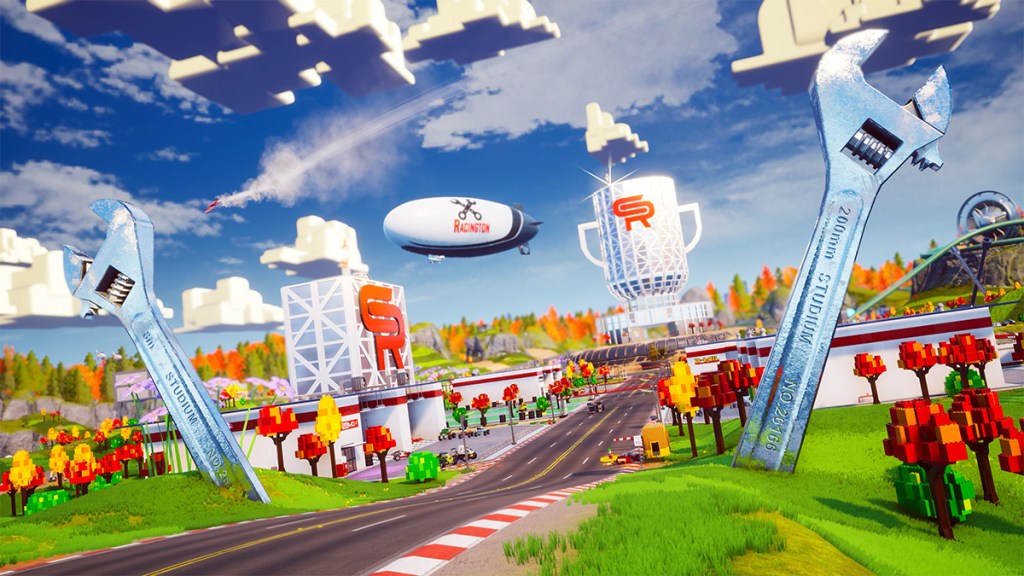
Creative Director Brian Silva said this spread of ideas and its open world gives Lego 2K Drive an edge. Not only does his team have experience in the racing genre, he knows his way around a digital car, too, as he’s worked on arcade racing titles Dirty Drivin’, H2Overdrive, and the self-titled Batman game. He said taking place in an open world and being a Lego game meant it had appeal to all sorts of players.
“I think this was the perfect opportunity to deliver something more than just à la carte racing like a kart racer or a strictly arcade racer where you choose your track and vehicle and then you race and repeat,” said Silva. “We wanted to have more than that. We wanted this to be more than racing. We wanted it to be an adventure game. We wanted it to be a driving adventure game. That’s why ‘Drive’ is in the title and not ‘Racers.’ We wanted the vehicle to feel like an extension of your character.”
This skew toward younger users explains some of its features. Lego 2K Drive has a loud and uncomplicated user interface, a ton of weak jokes that kids might not even laugh at, and is set in an open world that’s a big play space that’s not hard to figure out; no one is going to get lost in this game because of all the metaphorical bumpers on the track. This can make it seem like a rather rudimentary open world with a list of checklist-type objectives, but there’s also not much like it in that space, and it remains to be seen how its execution measures up to its more simple nature. It can sound loosely like Forza Horizon, and even though Silva noted that Playground Games’ juggernaut was “such an influence,” the team didn’t point at one particular title for inspiration.
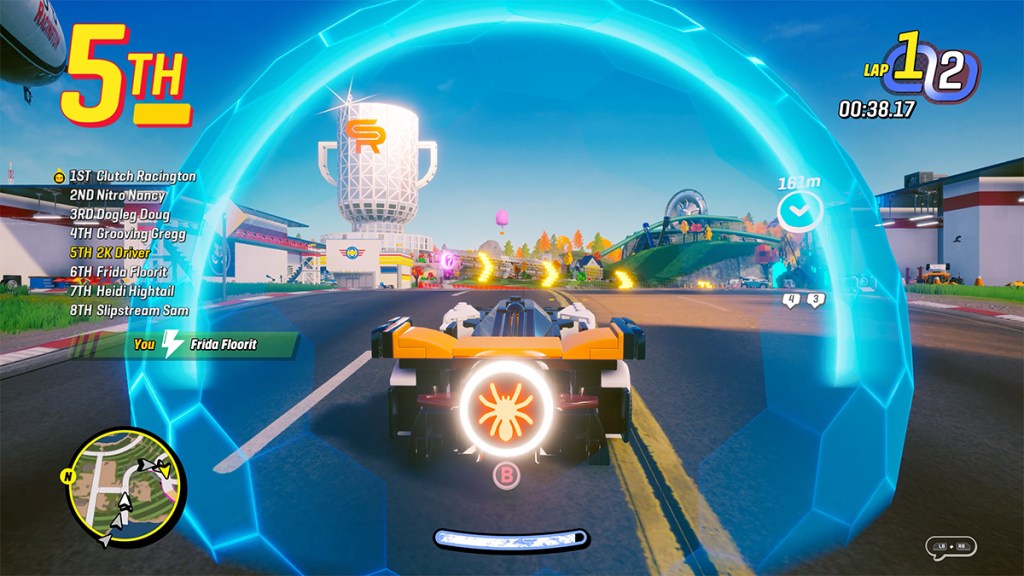
Despite it not primarily being a racing game, there’s still plenty of burning rubber around tracks in pursuit of the gold trophy. It takes after kart racers with its arcadey nature and the importance of drifting, boosting, power-up management. Drifting is only on one button, boosting is self-explanatory, and the power-ups (while hard to assess at first) are straightforward, but the three make for a solid, if extremely basic, bedrock for a racing game.
They aren’t the deepest systems, and it is missing that special component that elevates it beyond passable. It’s also strange that getting big air doesn’t have yield more boost and further points out how its mechanics could use more depth. However, there is some strategy to be had with strategic crashing. By plowing through cones, trees, or anything else that scatters into a bunch of bricks, more chaotic racers can build boost through these broken pieces, adding the slightest bit of nuance to the experience. Lego 2K Drive is still an uncomplicated racing game and it’s very possible that it suffers because of that, but there’s at least a little more here than other licensed games.
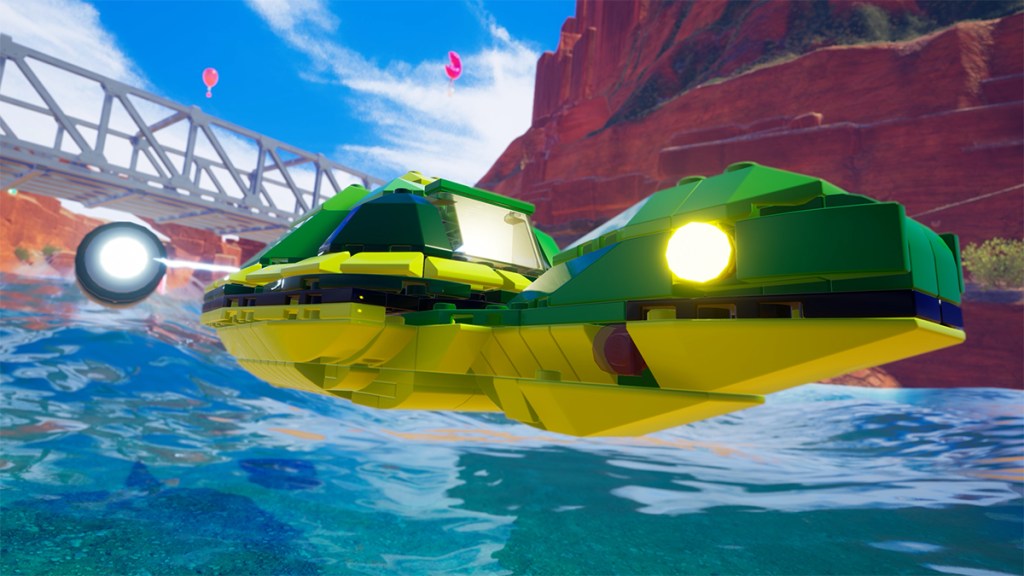
Players won’t just be driving cars, however, since they seamlessly shift to match the terrain. It’s a relatively unique feature that calls back The Crew 2 or even Sonic & All-Stars Racing Transformed, but one that fits better here because of the nature of the brand and how the bricks for each class materialize on the fly. Players can also transform manually for an edge, but it was unclear what those benefits were even after multiple races, despite Visual Concept’s claims that it yielded some sort of advantage. Regardless, Silva said that transformation was one of the first things Visual Concepts wanted to do because it was expected for a Lego game.
“Lego is all about the lack of limitations,” he said. “That was one of the very first things we wanted to do in the game. We wanted the vehicles to transform when changing between terrain types. That was something that we decided had to happen right away from the very start, so that was something that we worked on from the beginning.”
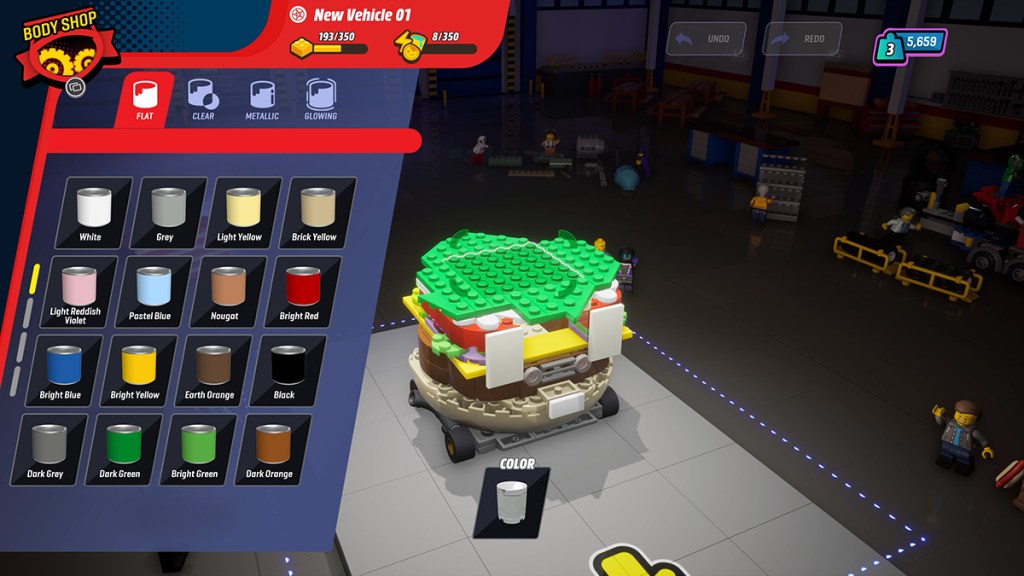
New vehicles in each class make up some of the numerous unlocks, but players can also build their own. The extensive creation suite is easy to grasp and lets more creative users customize each ride brick by brick and create cars that stretch the definition of what a car actually is. It’s possible to create a sheet with wheels that just has 10 rats on it or a monolith that’s only 12 two-by-two bricks high, which wobbles around convincingly as it putters pathetically down the track. Testing vehicles is simple, too, and only a short loading screen away, making this creation process even less painless.
Lego 2K Drive appears to be an easygoing experience in general. It’s not a complex or visually stunning racer and those elements look like they might hold the title back, but it seems decent enough to stick out from other games that focus solely on racing. Much like many of the more traditional Lego games, the emphasis on variety might be what saves it and keeps it from coming in at the very back of the pack when crossing the finish line.




